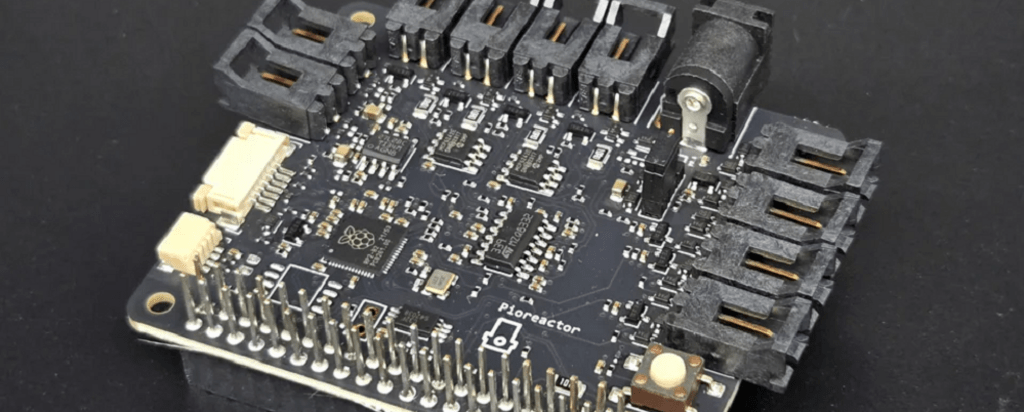Exploring the intersection between biology and engineering
What if researchers could understand how cells grow, adapt and behave using the same tools engineers use to design circuits?
A new tutorial bridges the gap between biology and engineering to unlock novel insights and inspire innovation in biotechnology, health, and environmental science.
Life itself can be considered a technology that has evolved over billions of years. The researchers propose that cellular processes and microorganisms that play critical roles in everything from disease response to digestion function in ways similar to engineered systems.
Professors Christian Euler, Matthew Scott and PhD student Mohammed Zim developed the tutorial based on a synthesis of significant, well-established research.
“You can have very interesting technical, almost like engineering-driven understandings of living systems, and those living systems can teach you something about engineering as well,” Euler says.









